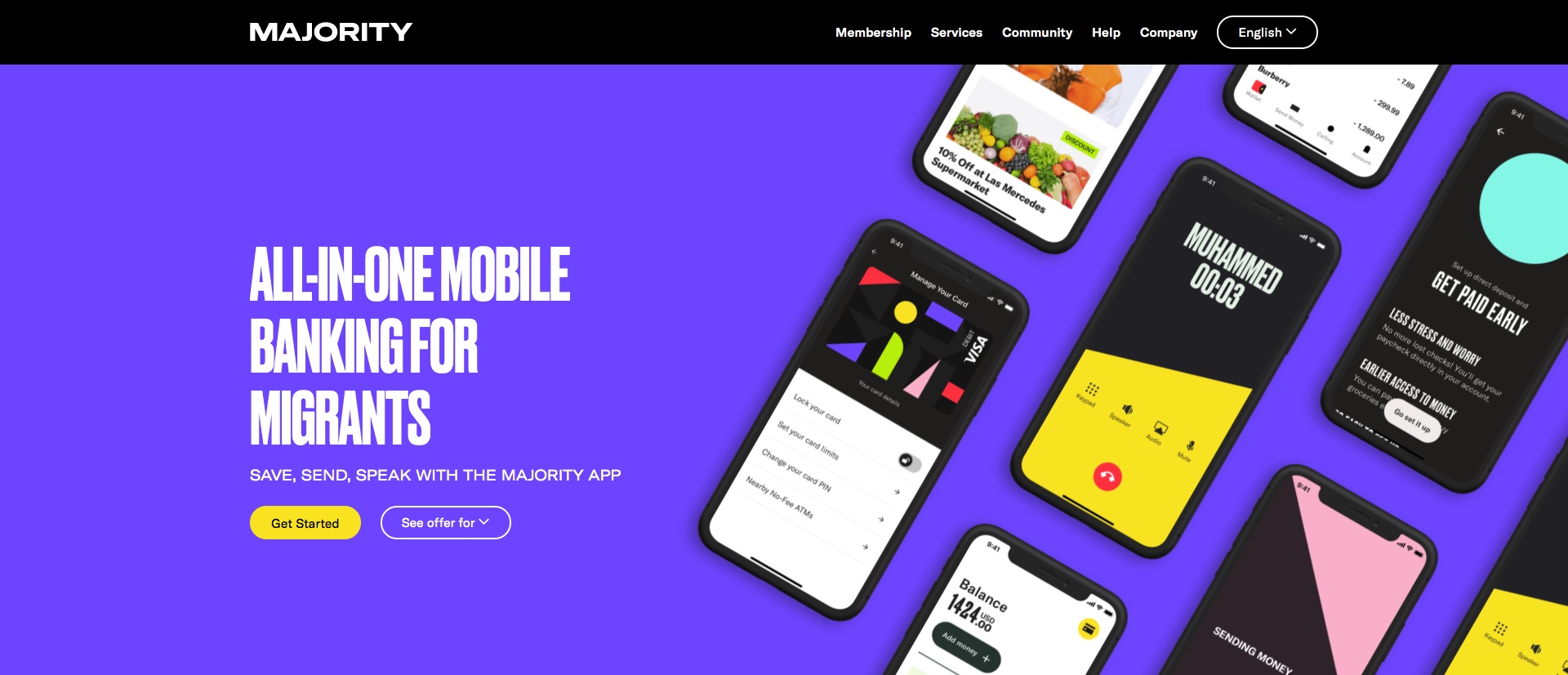
Digital investment platform Scalable Capital launched a crypto offering this week called Scalable Crypto. The new tool, which Scalable Capital is launching in partnership with Europe’s largest digital asset investment company CoinShares, helps users invest in cryptocurrencies.
Scalable Crypto will help everyday investors participate in crypto markets by offering access to crypto investments via regulated stock exchanges in Germany. The new tool will integrate with the company’s existing wealth management and broker offerings, and will hold cryptocurrencies in secured, cold wallets at regulated custodians.
“We make trading crypto as easy as trading shares or ETFs,” said Scalable Capital Co-founder and CEO Erik Podzuweit. “Crypto currencies are well established as an asset class in a balanced portfolio. With ‘Scalable Crypto’, we are providing an affordable and intuitive offering to help even more people to enter the crypto world. The expansion is the next stage in our journey to become Europe’s leading digital investment platform.”
Scalable Capital is making it easy for crypto-novices to experiment with digital currencies. Users trade on the Xetra and gettex exchanges and do not need to open a separate wallet to do so. Instead, cryptocurrencies are held in the form of securities in the customer’s existing account. Additionally, Scalable Capital takes care of the tax details for crypto securities.
Founded in Germany in 2014, Scalable Capital was launched during the roboadvisor craze and now has more than $6.8 billion (€6 billion) under management on its platform. Today, the company offers both B2C and B2B tools. The company provides private individuals digital wealth management, a broker with a flat rate, and overnight and time deposit offers. For B2B clients, Scalable Capital develops solutions for digital investment. Some of the company’s current clients include ING, Barclays, and Santander.
Scalable Capital, which demoed its technology at FinovateEurope 2016, has 330 employees across its offices in Munich, Berlin, and London. Earlier this year, the company landed $180 million in new funding, bringing its total to more than $317 million. Scalable Capital has an estimated valuation of $1.4 billion.











